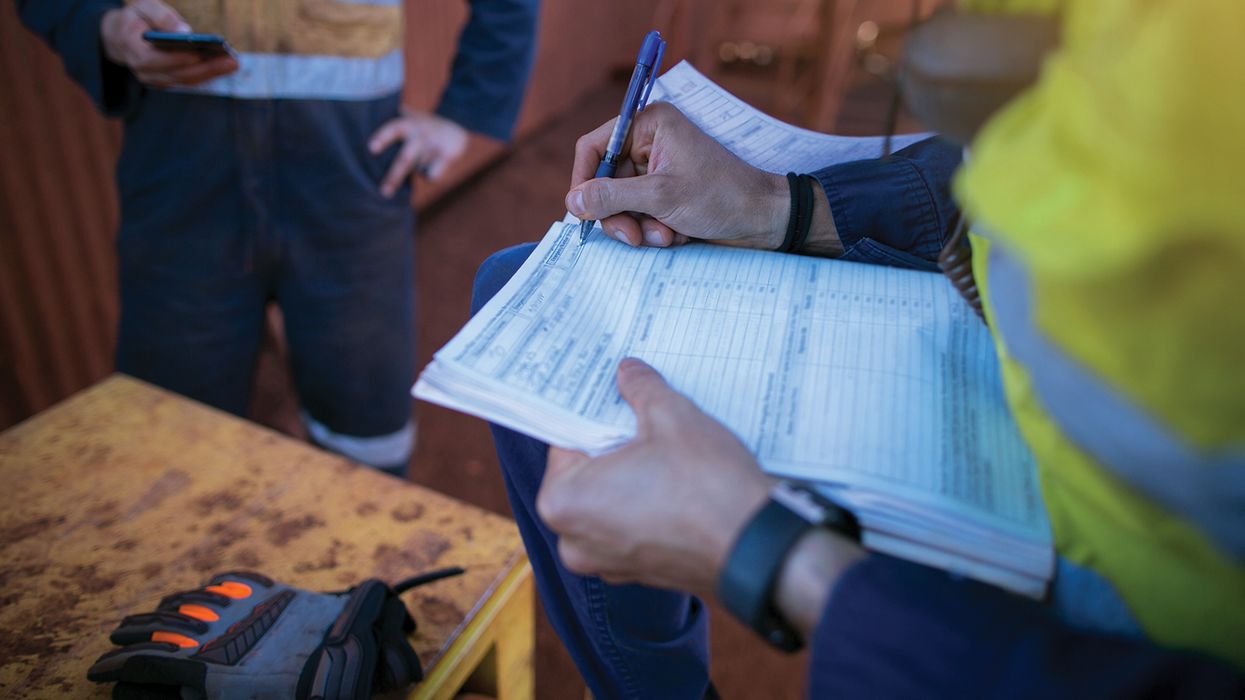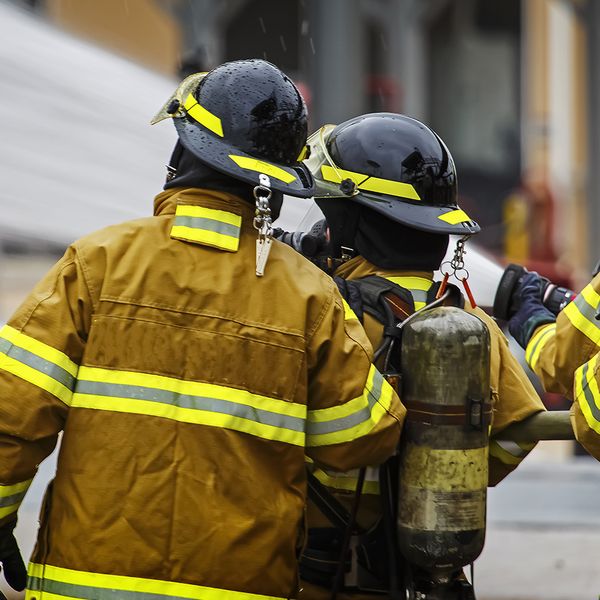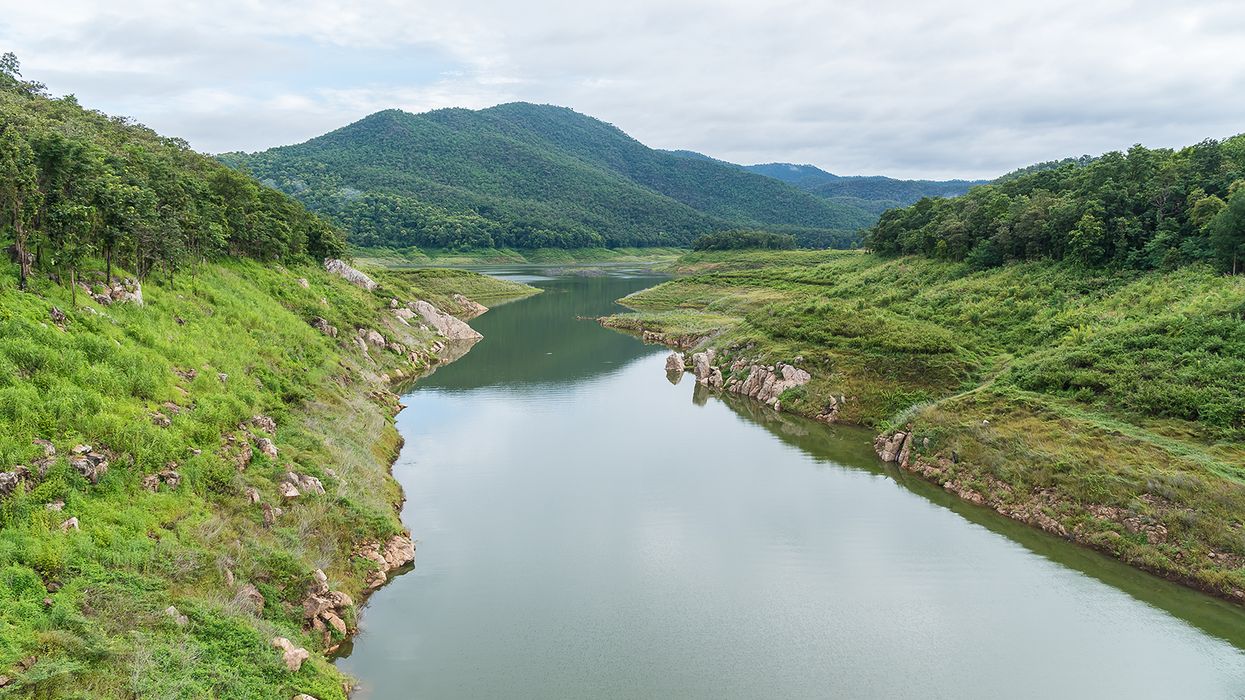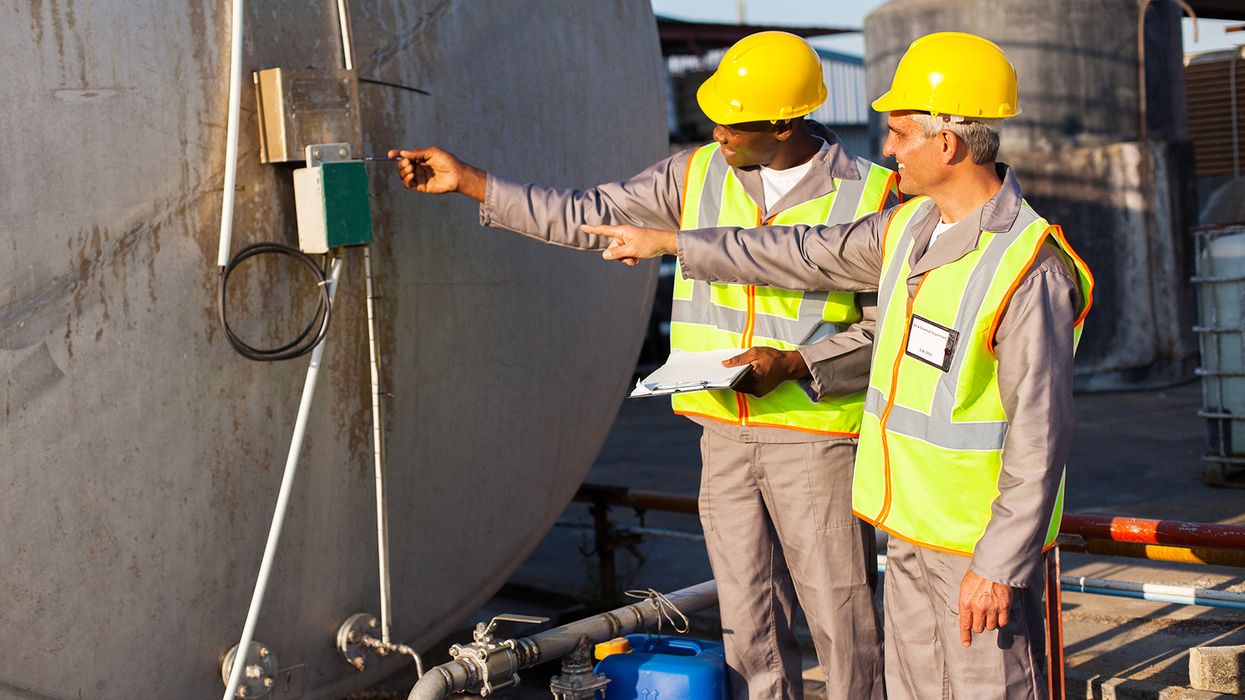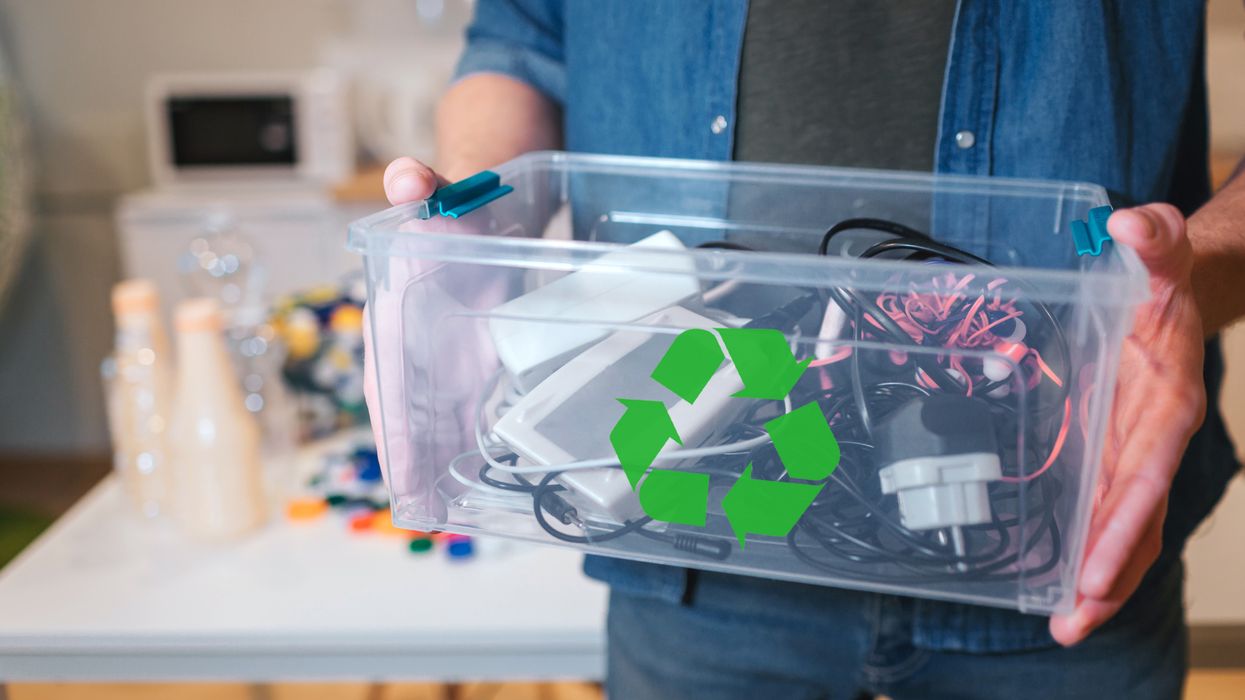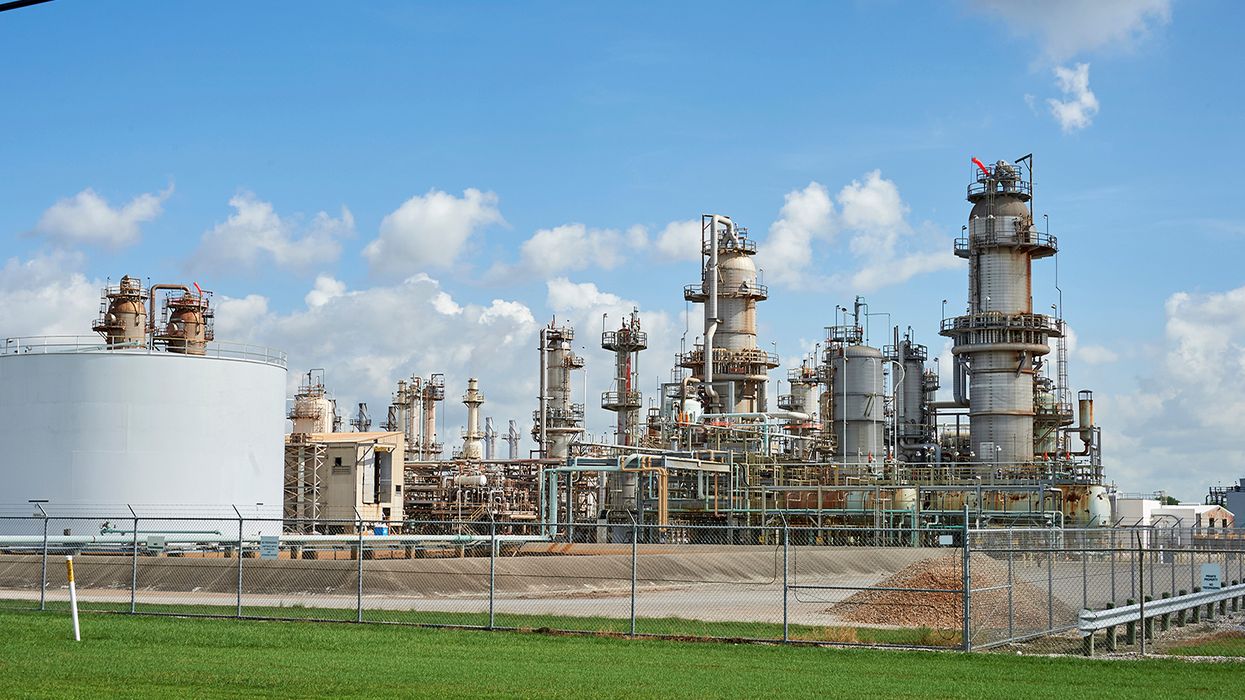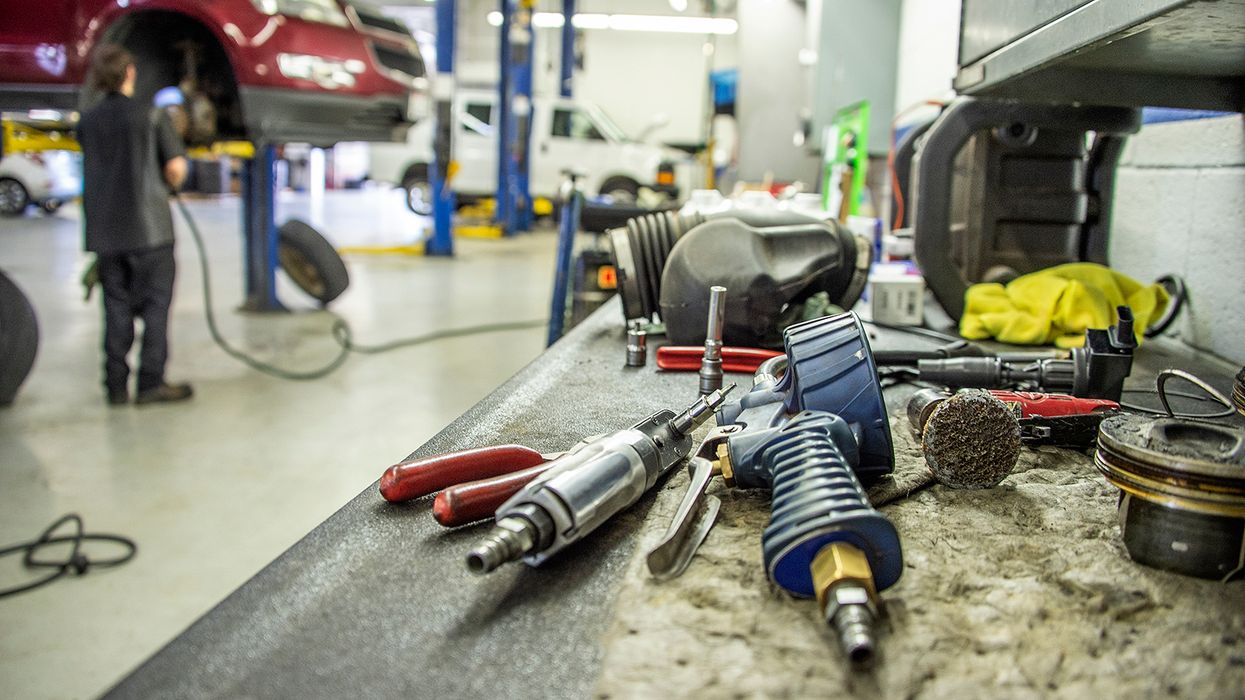Paperwork nightmare? OSHA inks ER proposal that piles it on
If you like paperwork, you’ll “love” the upcoming Emergency Response proposed rule. According to the fine print, OSHA proposes to toss out three paperwork burdens. Yet, it will tack on over 25 new ones! While the proposal is not in the Federal Register yet, you can read the unofficial version on OSHA’s website. Be sure to peek at the “Proposed Information Collection Requirements” starting on page 544.
REVISED NEWS UPDATE: The “Emergency Response Standard” proposed rule appeared in the February 5, 2024, Federal Register, on pages 7774 to 8023 of the pdf version. The “Proposed Information Collection Requirements” section of the preamble to the proposal begins on page 7999 in the third column. According to the June 11, 2024, Federal Register, the comment period for the proposed rule is extended again, so comments on the proposal must be submitted by July 22, 2024, for Docket No. OSHA-2007-0073. Additionally, OSHA plans to hold a virtual public hearing AFTER the close of the comment period, and the agency will publish a separate notice at a future date to announce the details of the public hearing.
On December 18, the Office of Management and Budget gave OSHA the green light to publish the proposal in the Federal Register. Days later, OSHA issued a news release announcing that the proposal would appear in the Federal Register in January. At the same time, the agency posted a pre-publication version of the proposed rule on its “Emergency Response Rulemaking” webpage.
Stakeholders will have 90 days to comment in Docket No. OSHA-2007-0073, when the proposal appears in the Federal Register.
Scope of proposed 29 CFR 1910.156
"Emergency responders are critical workers in all of our communities, and they deserve protections that keep up with today's industry practices," said OSHA head Doug Parker. "We are proposing much-needed updates that will expand protections for emergency workers and bring our standards closer to common industry procedures."
The proposal, if finalized, would modernize 1910.156, Fire Brigades. The standard would be renamed “Emergency Response” and expand coverage to emergency responders, such as:
- Firefighters,
- Emergency medical service providers, and
- Technical search and rescue workers.
The new 1910.156 would not apply to:
- Employers performing disaster site cleanup or recovery duties following natural disasters;
- Activities covered by 1910.120, Hazardous Waste Operations and Emergency Response (HAZWOPER); or
- Activities covered by 1910.146, Permit-Required Confined Spaces.
The scope of OSHA’s standard would:
- Be expanded to include a range of hazards that emergency responders encounter,
- Align the standard with the Federal Emergency Management Agency’s (FEMA’s) National Response Framework, and
- Modernize the standard to bring it in line with consensus standards issued by the National Fire Protection Association (NFPA).
For more background, please see our earlier article, “OSHA’s Responder Proposal May Pop Up by End of January,” dated November 17, 2023.
Other regulations impacted
In addition, the proposal pulls other regulations into the fold:
- 1910.6, Incorporation by Reference;
- 1910.120, Hazardous Waste Operations and Emergency Response;
- 1910.134, Respiratory Protection;
- 1910.155, Scope, Application and Definitions Applicable to This Subpart;
- 1910.157, Portable Fire Extinguishers;
- 1910.158, Standpipe and Hose Systems; and
- 1910.159, Automatic Sprinkler Systems.
Paperwork burdens
Despite concerns raised years ago by small business about the cost and time commitments of the draft standard, the latest proposal would remove three but add over 25 new “information collection requirements.” Specifically, OSHA proposes to eliminate existing language under:
- 1910.156(b)(1) that requires employers to develop and maintain an organizational statement;
- 1910.156(b)(2) that requires employers to obtain a physician’s certificate of certain employees’ fitness to participate in fire brigade emergency activities; and
- 1910.156(c)(4) that requires the employer to inform fire brigade members about special hazards to which they may be exposed during fire/emergencies.
In place of these information requirements, OSHA’s proposed rule builds in collections for:
| Category: | Paperwork: |
| Emergency/risk planning |
|
| Vehicle procedures |
|
| Incident planning |
|
| Medical/health records |
|
| Other |
|
OSHA estimates that the proposed paperwork burdens will:
- Impact 22,551 entities,
- Take 3,896,719 hours in total each year to complete, and
- Cost a total of $106,502,463 annually.
That averages to 173 hours and $4,723 per year for each entity.
Key to remember
OSHA proposes to remove three but add over 25 paperwork burdens amounting to 173 hours per year per entity. The move is part of an upcoming Emergency Response proposal.

